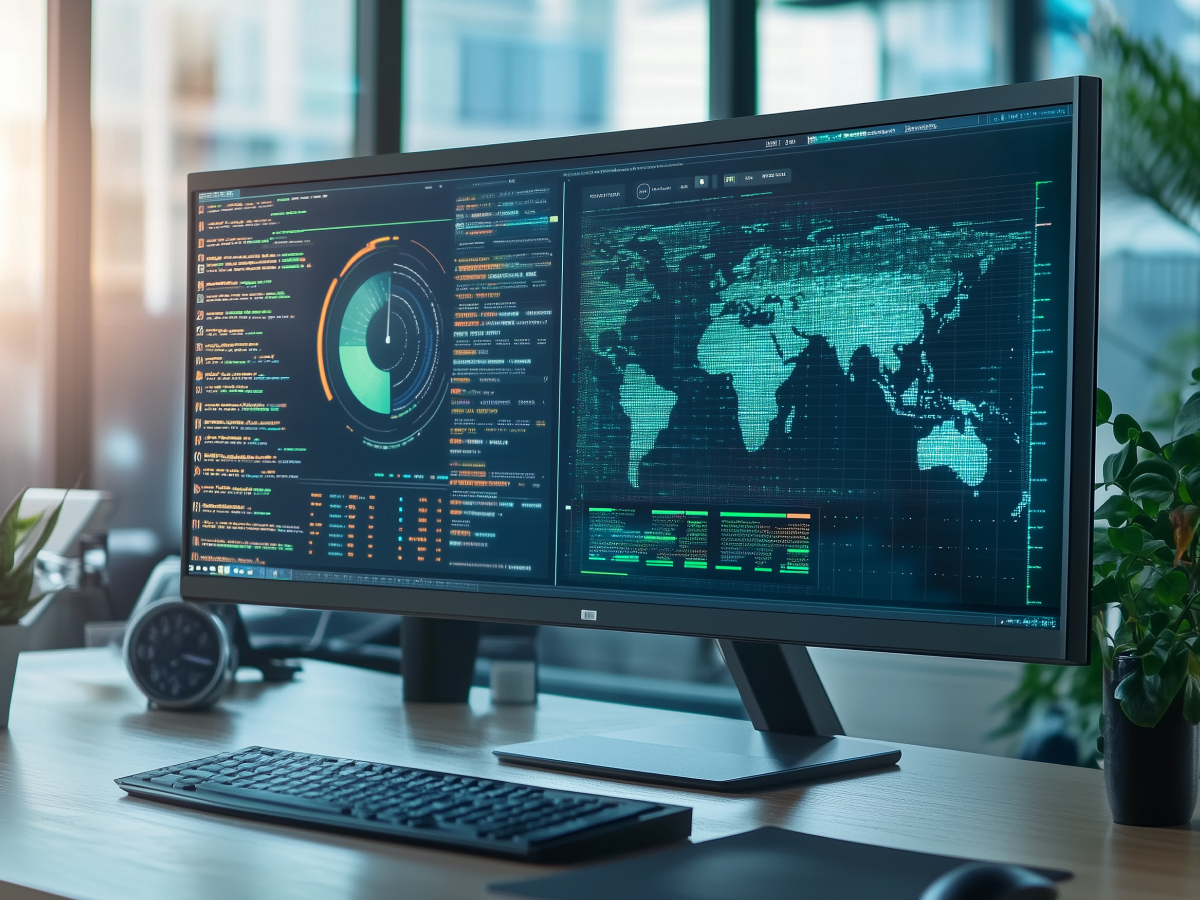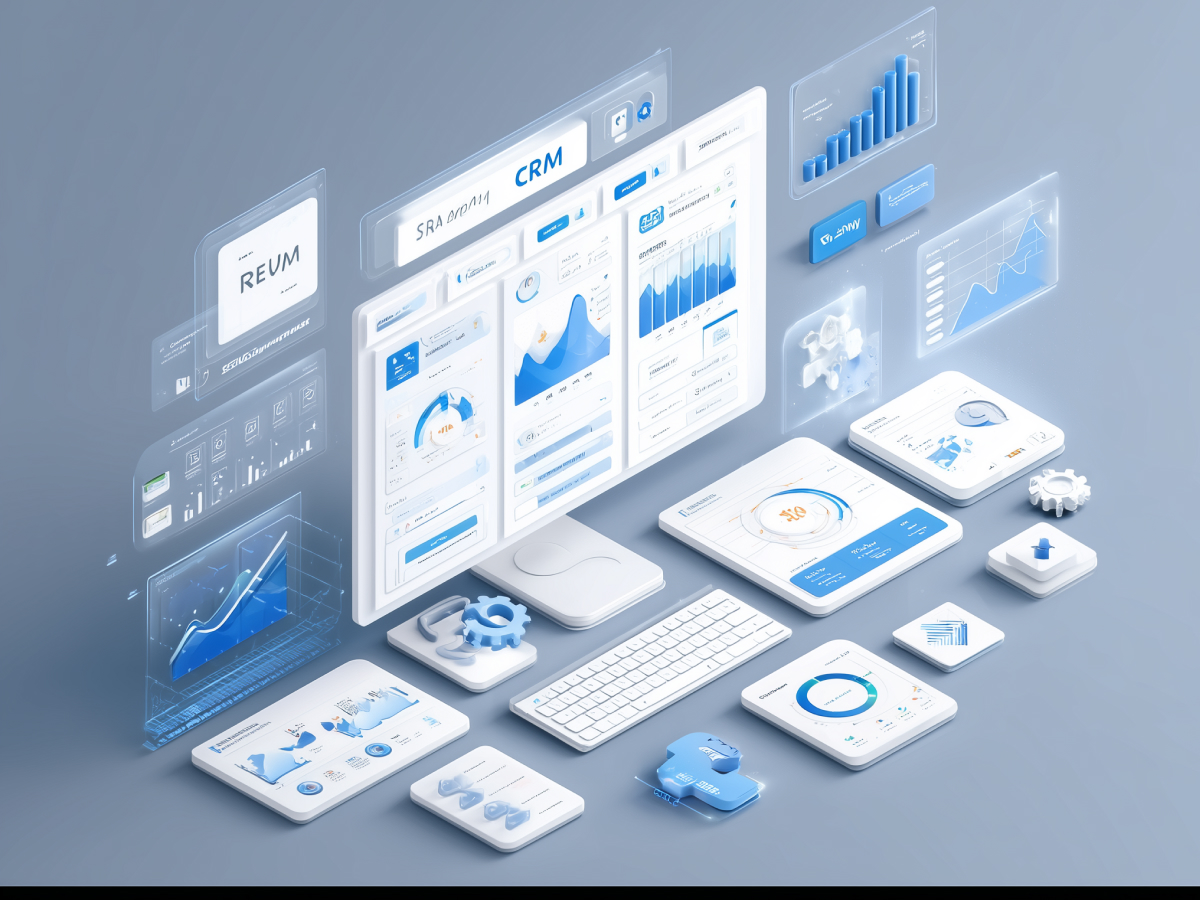The power of sustainable software
Most businesses see software as a simple tool. They install it, run it, and expect results. But the thing is that software is far more than just code. It’s a massive energy consumer, quietly driving up operational costs and carbon emissions.
Companies have done a decent job upgrading their hardware, making it faster and more efficient. But software? That’s been neglected. Developers often prioritize speed and convenience over efficiency because, well, they can. Powerful hardware compensates for bloated code, masking inefficiencies. That’s a problem.
Inefficient software architecture means excessive data center usage, higher energy consumption, and increased network traffic. All of this leads to inflated costs and makes it harder to hit sustainability targets. The opportunity is clear—smart software design can reduce costs and environmental impact at the same time. It’s a no-brainer.
Accenture’s research backs this up: the IT sector’s carbon footprint jumped from 1.5% in 2007 to 4% in 2022. By 2040, software alone could account for more than 14% of global emissions. If businesses don’t get serious about sustainable software, they’ll be burning cash along with carbon.
AI, GPUs, and the carbon cost of bad code
AI is incredible, but it’s also a power-hungry beast. Training an AI model can consume as much energy as five cars over their entire lifetime. The reason? AI depends on GPUs—graphics processing units—that use 10 times more power than standard chips.
The challenge isn’t just hardware, though. It’s software design. Developers often chase tiny performance gains without considering the energy cost. Do you really need to train an AI model for 50% longer just to squeeze out a 2% improvement in accuracy? Probably not.
This is where business leaders need to ask hard questions. AI is revolutionary, but it should be used intelligently. If software inefficiencies go unchecked, companies will see higher electricity bills and face mounting pressure from regulators, investors, and customers who expect sustainability.
“Accenture’s research predicts that software-related emissions will explode beyond 14% of global carbon output by 2040. Companies that optimize software now will save money and get ahead of coming sustainability regulations.”
The problem with measuring software’s energy use
Most businesses track their finances down to the last cent. But ask them how much energy their software uses? Silence. Unlike accounting, software sustainability lacks universal standards. Companies might measure a single code library’s impact but have no visibility into their entire software ecosystem.
Organizations like The Green Software Foundation are stepping in to change this. They’re developing standards like the Software Carbon Intensity (SCI) metric, which aims to quantify the carbon footprint of software in a clear, measurable way.
But the catch is that measurement alone isn’t enough. Businesses need real-time data on their software’s energy use. Without it, they’re unable to pinpoint inefficiencies or justify sustainability investments.
Asim Hussain, Executive Director of The Green Software Foundation, put it simply: “If you don’t assign a number to it, you can’t fix it.” He’s right. Companies that start measuring software emissions today will have a major advantage tomorrow.
The programming language dilemma
Not all code is created equal. The programming language a company chooses has a direct impact on energy consumption.
Take Python and JavaScript—hugely popular, but up to 50 times less efficient than C or Rust. That means software written in these languages can use dramatically more power to perform the same tasks. Over millions of users, the difference is huge.
Techniques like lazy loading (only loading data when needed), caching (storing frequently used information for quick access), and server-side rendering (processing content before sending it to users) can also cut energy use significantly.
Companies need to rethink their approach. Just because a language is easy for developers doesn’t mean it’s the best choice for the business. The real winners will be those who find the balance—languages and architectures that maximize efficiency without sacrificing productivity.
Gartner’s Ed Anderson nailed it: “Are you devoting 50% more resources for a 1% or 2% gain?” If the answer is yes, it’s time to rethink your strategy.
Small changes, big impact
The easiest way to cut software emissions is to fix the little things.
A simple tweak—switching from white to black backgrounds—can cut screen energy consumption significantly. Sounds trivial, but when applied across millions of devices, it adds up. Accenture found that just this change can reduce carbon emissions by 60%.
Then there’s video streaming. Everyone loves high definition, but it’s expensive in terms of carbon. Streaming in HD can generate 8 times more emissions than standard definition. Turning off autoplay? That alone can halve a company’s streaming-related carbon footprint.
The point is, small optimizations matter. Businesses often chase big sustainability goals while ignoring these low-hanging fruits. Smart UI design, efficient data processing, and adaptive streaming settings—these tweaks aren’t costly, but their impact is massive at scale.
Balancing speed, cost, and sustainability
Businesses want sustainability, but they also want speed and cost efficiency. The key is finding the balance.
Some software inefficiencies are unavoidable—if AI needs more power to drive real business value, then it’s worth it. But wasting energy for tiny, meaningless optimizations? That’s just bad business.
This is where leadership matters. CIOs and CTOs need to rethink software development for both performance but for efficiency. There’s a real competitive advantage here. Companies that figure this out will spend less on infrastructure, meet growing regulatory requirements, and strengthen their brand in a world that increasingly values sustainability.
As Sanjay Podder from Accenture put it: “Every decision has trade-offs. The key is achieving sustainability without compromising your ability to build and deliver great software.”
That’s the game. Smarter code, better tools, and a commitment to sustainability that actually saves money. The companies that get this right? They’ll lead the next wave of innovation.
Key executive takeaways
- Sustainable software investment: Optimizing software not only cuts costs but also lowers carbon emissions. Leaders should invest in smarter code development to improve efficiency and support long-term sustainability.
- Addressing inefficiencies: Bloated, inefficient software drives up operational costs and strains IT infrastructure. Decision-makers must prioritize streamlining code to minimize energy waste and complexity.
- Measuring software impact: The absence of standardized metrics obscures software’s true environmental cost. Embracing emerging tools and standards, such as the Software Carbon Intensity metric, enables precise tracking and targeted improvements.
- Strategic coding practices: Selecting efficient programming languages and employing smart optimization techniques can dramatically reduce energy consumption. Executives should drive initiatives that balance performance, cost, and sustainability for competitive advantage.




